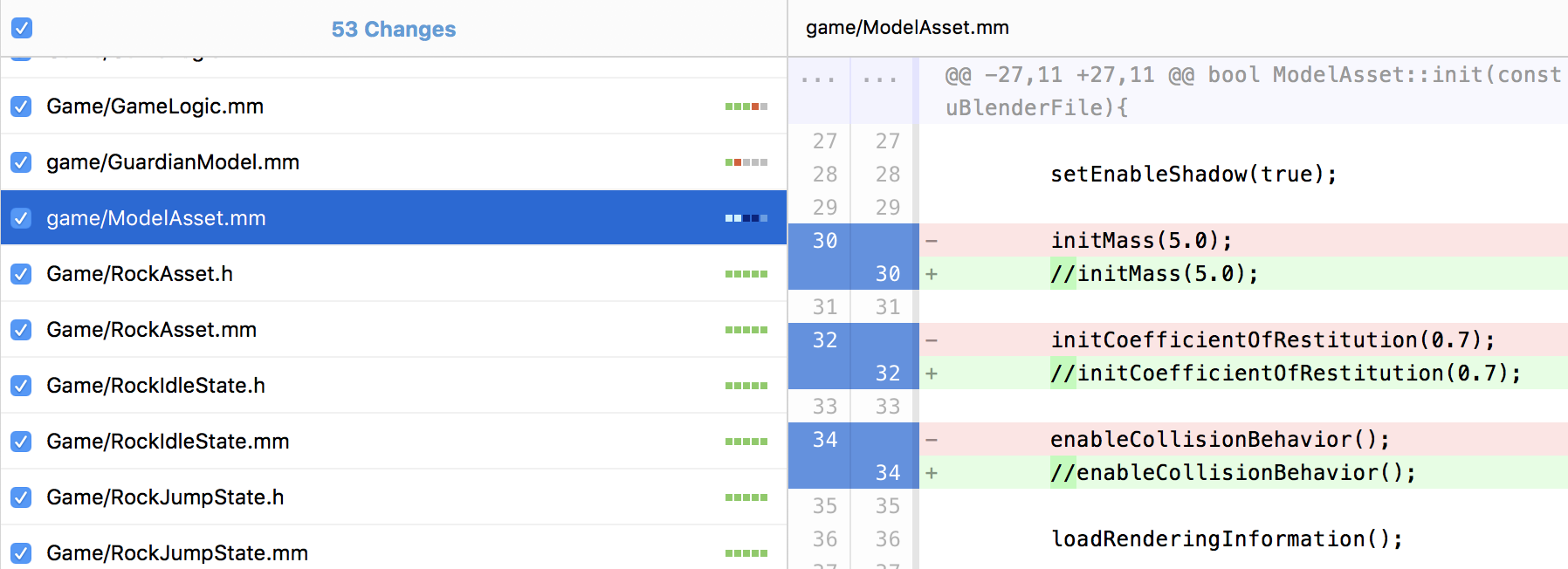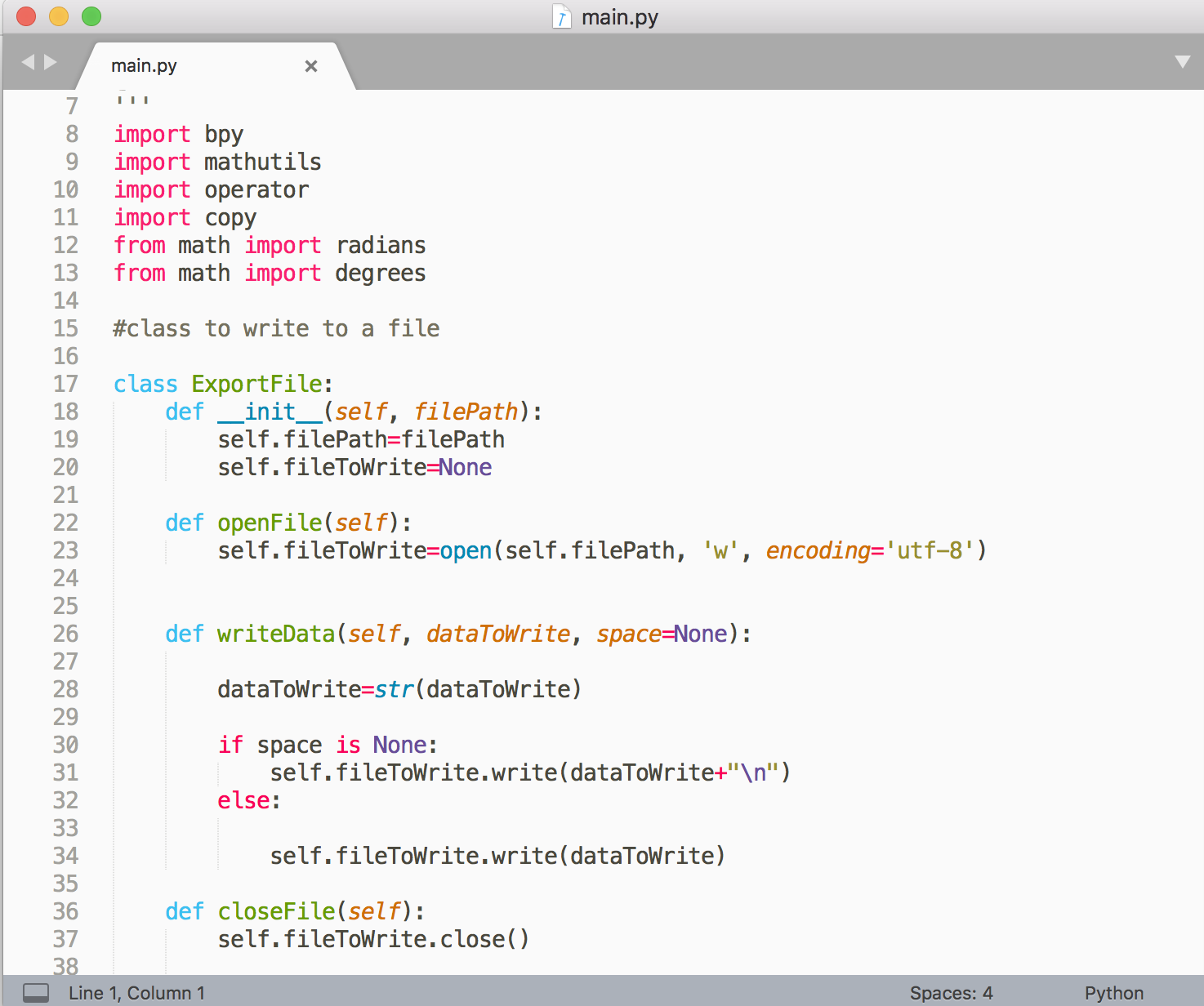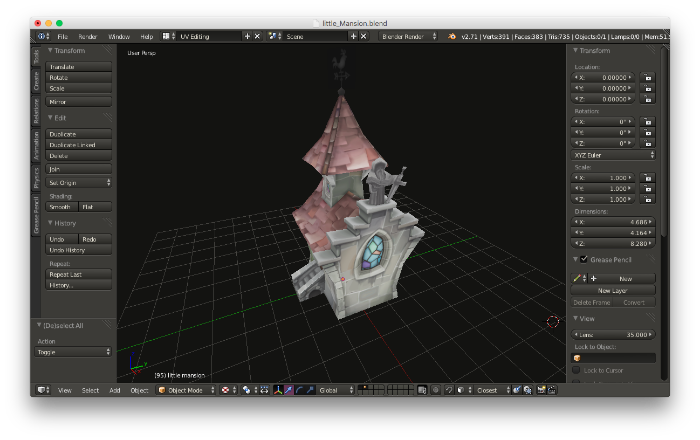Back in Sept 2017, I decided to port the engine from using OpenGL to Metal (Apple's Graphics Library). In all seriousness, it took me several months to finally make a decision. Part of it is that I still felt like I knew little about Game Engine Development and I didn't want to expand the scope of my project.
I was aware that Metal allows you to code once and run the same code on different devices, such as iOS, Macs, and Apple TV. But I was still on the fence. However, when I saw several games using Metal+AR (Augmented Reality) features, I was convinced that I had to port the engine to Metal.
Well, today I want to share with you the tenth beta-version of the engine, but running on a Mac:
One of the things I've always dreamed about was to be able to play a game on my Mac, with the engine I developed with a controller. I know, it may sound weird, but I've wanted to do so for a while.
The video shown below does not have the best lighting, but it shows me moving the character around using the Steelseries Nimbus controller, which I also added support in the engine:
Here is a picture of the controller if you are interested in knowing which one I used:
So what's the deal with AR support? That is on my To-Do list, but I will not address it anytime soon. There are other issues I want to fix and implement. One of them is the camera.
Well, thanks for reading.






